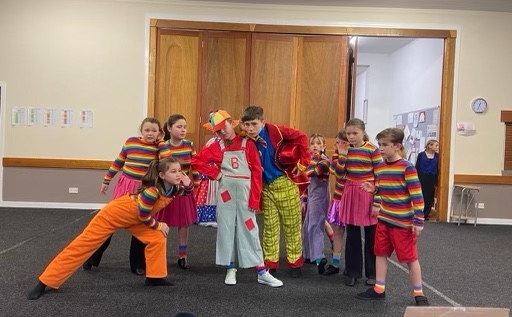Pantomimes are a theatrical and British staple of the holiday, Christmas season. Every year, posters are plastered all over town, advertising cheery farces of classic tales from ‘Aladdin’ to the ‘Wizard of Oz’. Across the country, a legion of theatres opt in to rewrite the year’s most played pop songs and rehearse laugh-out-loud scenes for sold out audiences in venues of all shapes and sizes. Like the trees that stand (and shed all of over the carpet) in our living room and that Mariah Carey song that plays on the radio, the pantomime is a part of Christmas; they’re synonymous with the season.
The panto, however, is not a modern phenomenon and has actually been around forever with the art form originating in Ancient Rome – the name pantomime deriving from the Latin word pantomimus with panto meaning ‘all’ and mimus meaning dancer. In Very much like the versions we see at the local theatre, the pantomime in Ancient Rome relied heavily on dances, music and lavish and exaggerated gestures to entertain their audiences albeit without Shellsuit Bob from River City. Joking aside, the performers of these Roman pantomimes were often famous citizens from highly respected families and so the celebrity appearances that we see in modern iterations have been common for millenia.
It was quite a few (hundred) years before the pantomime began to take shape in Britain, taking heavy influence from the Italian commedia dell’arte, a style of silent theatre which involved a troupe of actors playing stock characters from classic tales. The early versions of these productions were always silent performances, the actors depending on their gestures and physicality to convey the stories to the audience. They were also quite serious performances, acting as morality tales, allowing only one comedy scene – if any at all- to appear in the show. Retrospectively and comparatively, these versions can be viewed as rather boring because who wants to hear about ethics and the faults of exploitative economic systems in a jovial retelling of Jack in the Beanstalk?
It wasn’t long before the producers of these shows realised this and came to terms with the fact that audiences were not flocking to theatres for the moralistic teachings of why regicide was bad, but rather were coming for the chaotic harlequinade chase scene. Drawing audiences who wanted a laugh at the end of a long day of chimney sweeping, producers began to embrace the comedy and farce of it all, choosing to base their stories around classic fairy tales. The silent elements of the original British pantomimes fizzled away without a sound as theatre’s selected more bombastic and flashy stories that focused on the spectacle of the performance becoming the familiar pantomime that we know today.
Our timeline of the pantomime’s history is missing quite a few details like how the popularity of the pantomime began to generate because of a curious rivalry between two theatres which is absolutely worth looking into if you have the time. One detail we will not neglect to mention, however, is one that we are sure will be added to the history books!
As the panto has evolved over hundreds of years, through countless contributors adapting the theatrical form, we all await December the 10th, when the decades of maturing will come to fruition in our first ever pantomime, ‘The Wizard of Oz’! And we look forward to when a blog post is written about this date in a hundred years from now!
